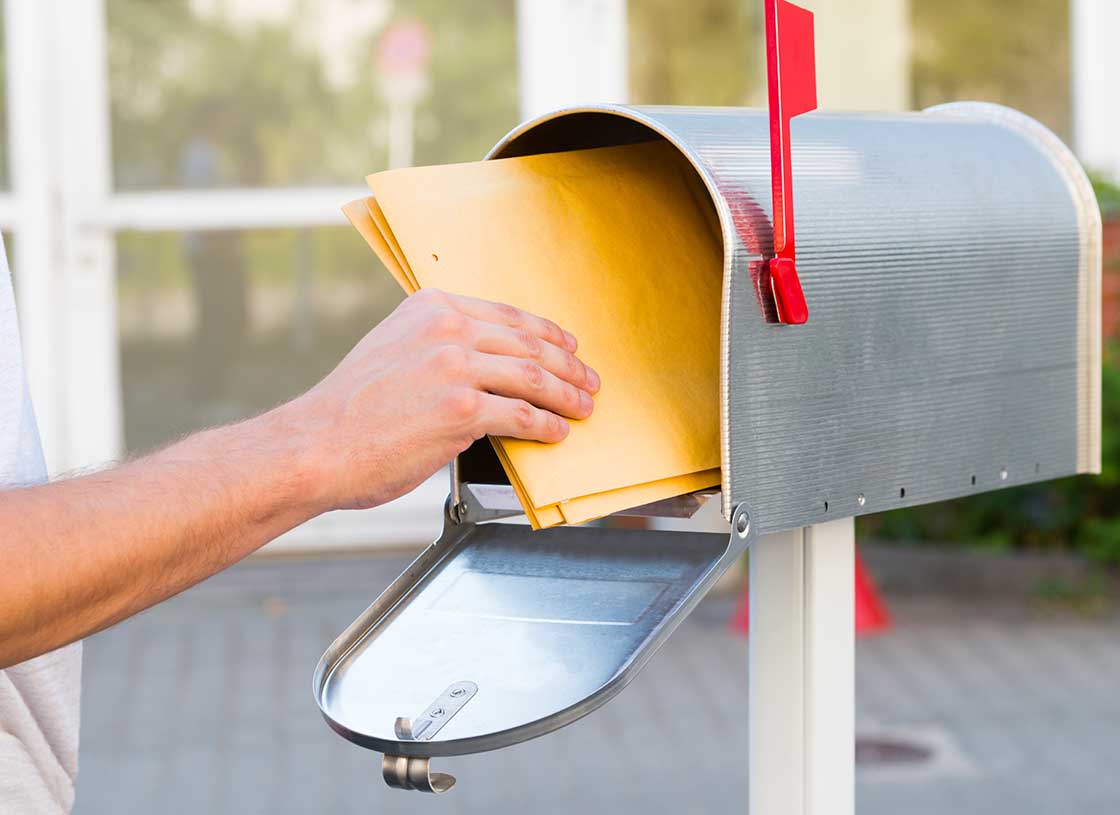Direct Mail has pluses digital marketing can’t touch. The sense of “touch,” obviously, is one of those pluses. Studies (and personal experiences) show that Direct Mail is placed where it’s seen and is often moved from room to room, or left on counters and tables, or on vehicle seats.
Even if a smartphone never leaves your customer’s hand, an email read on mobile can never have the tactile quality of Direct Mail. At some point, that piece is getting touched and acted on – and will invite an unavoidable series of decisions to open, read, keep or trash.
Another plus: Consumers are receptive to this channel when they hear from local businesses. For example, you (or someone in your household in charge of menu planning) may pay attention to announcements about local restaurant openings and set aside coupons to try a free entrée.
Direct Mail within your own market, to your particular neighborhood, has a sort of “community feel.” It’s something that appeals to you, that you can act on, and that’s why you keep that piece around just in case you need it. That’s one of the secrets of its ever-lasting success. The other secrets are from effective strategies, such as:
Target your market. Your mailing list is of paramount importance. The greater care you take in selecting a good list, the better your chances your investment will pay off. Mailing lists could include an in-house list, or a specialty list where you identify your target market, custom mailing lists where you select customer criteria or cloned list where you look for prospects similar to your current customers.
Target your message. Headline is key and the most important part of your message. If you can’t grab them there, you won’t grab them anywhere. Remember also to integrate with your online and social marketing. And track leads to measure success.
Target your timing. The best letter to a great list at the wrong time will fail. For example: You wouldn’t send an ad for a new heater in the middle of July.

